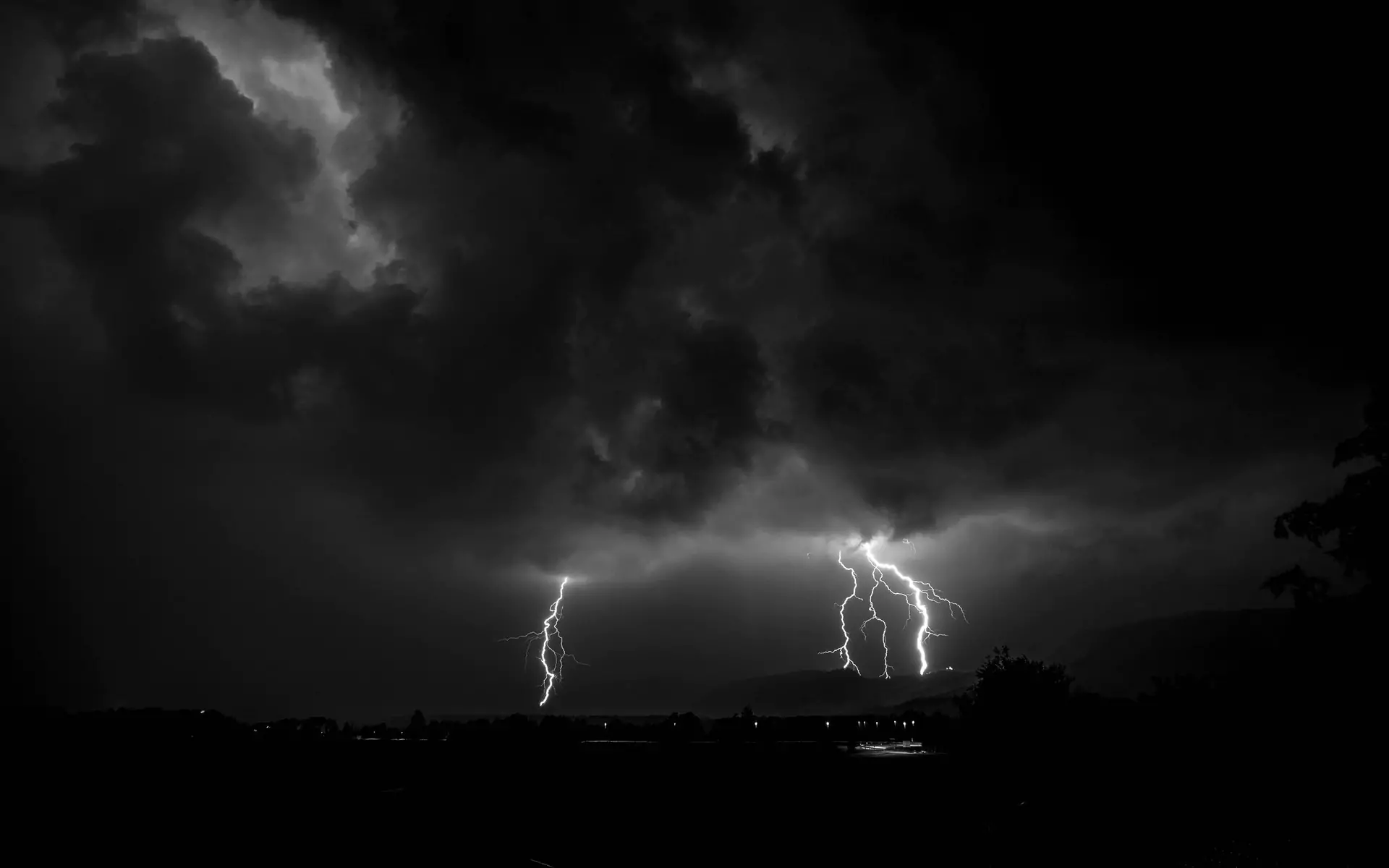Clouds are formed when air rises and cools to the point where it is saturated with water vapor. When this happens, water vapor condenses into tiny droplets of water or sublimates into tiny ice crystals. If these droplets of water or ice crystals get big enough, gravity will cause them to fall to the ground. When they fall, this is known as precipitation.
2 things can happen that will cause precipitation. They may happen separately or together. The first process is called coalescence. Coalescence is most likely to occur in very moist clouds that are above freezing. Air turbulence within the cloud causes water droplet to collide and possibly merge. In this way, larger droplets are formed. Once these droplets become heavy enough, they will overcome air resistance and rising air current, and fall to the ground. They will likely hit even more droplets on the way down, continuing to grow in size and weight.
The second precipitation-producing process can only occur when ice crystals are contained in the cloud. It is called the Bergeron-Findeisen process, named after the scientists who studied it in the 1930s. It is most likely found in clouds where supercooled water droplets and ice crystals exist at the same time.
Because of their different saturation points, water molecules tend to move from the supercooled droplets to the ice crystals. As the water droplets continue to lose molecules to the crystals, the crystals grow in size and the water droplets decrease. The ice crystals start to fall when they are heavy enough, and may grow more on the way down through coalescence.
The form in which precipitation reaches the ground determines how it is classified. Whether precipitation falls as rain, freezing rain, sleet, or snow depends on the processes of formation, temperatures within the cloud, temperatures below the cloud, and ground temperatures.
Liquid precipitation can be classified as rain, drizzle, or mist depending on water droplet size and quantity. Precipitation can also be classified as steady or intermittent. Steady precipitation is usually associated with frontal activity, while intermittent precipitation is more likely to be associated with convection and atmospheric instability.
